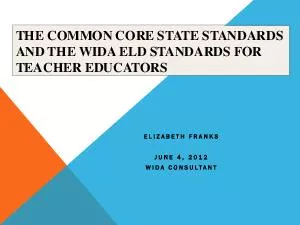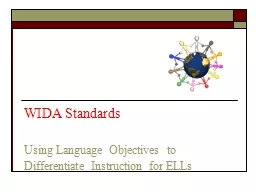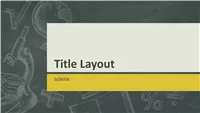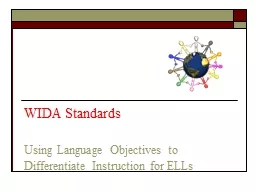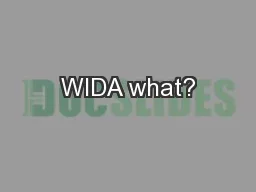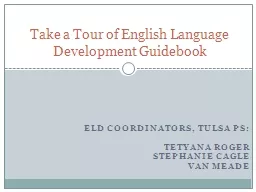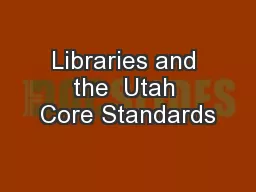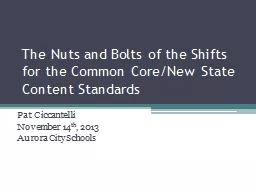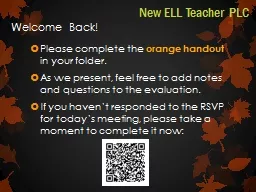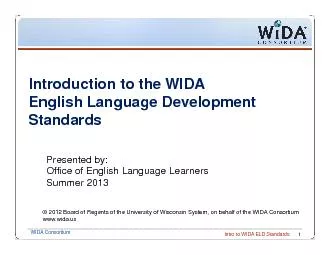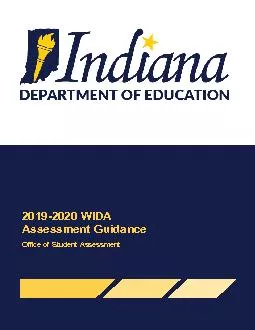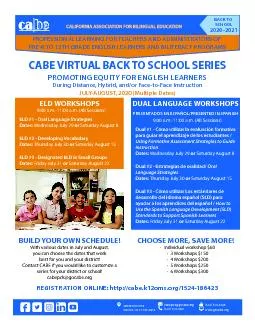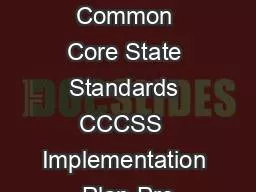PDF-THE COMMON CORE STATE STANDARDS AND THE WIDA ELD STANDARDS FOR TEACHER
Author : lam | Published Date : 2021-10-03
ELIZABETH FRANKSJUNE 4 2012WIDA CONSULTANTPARKING LOT1 Write down anything that you have a question about on the postit without putting your name 2Stick it on the
Presentation Embed Code
Download Presentation
Download Presentation The PPT/PDF document "THE COMMON CORE STATE STANDARDS AND THE ..." is the property of its rightful owner. Permission is granted to download and print the materials on this website for personal, non-commercial use only, and to display it on your personal computer provided you do not modify the materials and that you retain all copyright notices contained in the materials. By downloading content from our website, you accept the terms of this agreement.
THE COMMON CORE STATE STANDARDS AND THE WIDA ELD STANDARDS FOR TEACHER: Transcript
Download Rules Of Document
"THE COMMON CORE STATE STANDARDS AND THE WIDA ELD STANDARDS FOR TEACHER"The content belongs to its owner. You may download and print it for personal use, without modification, and keep all copyright notices. By downloading, you agree to these terms.
Related Documents

